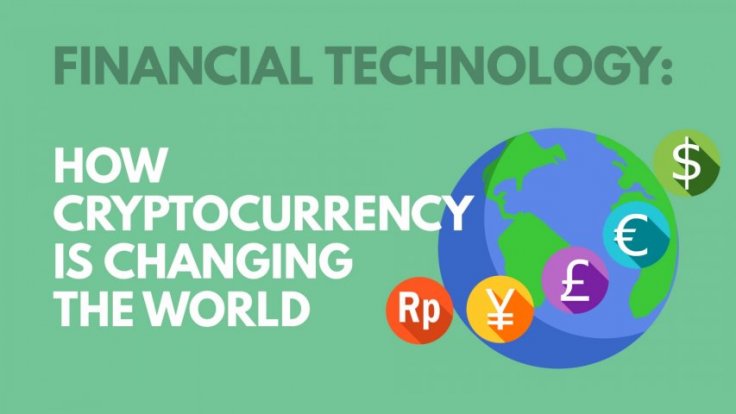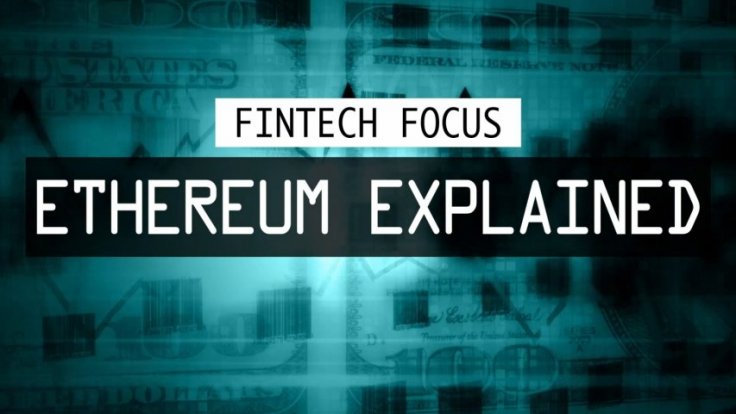In the highly volatile world of cryptocurrencies, stablecoins are a necessary refuge. In most cases, these are currency-backed digital tokens, such as the dollar. In any case, this is the choice that is made in more than 80% of existing projects. However, the DAI token is based on a different concept.
The launch of the DAI Multi-collateral on Monday, Nov. 18 is an important step in building its solidity and putting it into practice. Stability in complete independence. MakerDAO, the organization behind DAI, is one of Ethereum's oldest projects: launched in 2016, it was funded by a highly confidential token sale and reserved for a few funds and members of the community who had gathered around the project
Maker DAO which is headquartered in Santa Cruz, California is led by Rune Christensen, a Danish entrepreneur who has already co-founded Try China and Matt Richards, who was previously the marketing director of Audience Science and Playdom. The primary function of the Maker system is the issuance of the DAI stablecoin in exchange for ethers from the Ethereum network (ETH), through smart contracts.

By its very name, a stablecoin is a crypto asset that maintains a price setting with a real asset. In the case of Maker DAO, their DAI assets are linked to the US dollar. The most intuitive way to implement a blockchain-based stablecoin is to have an institution holding a large reserve of a real asset and then issue an equivalent number of tokens on the blockchain.
Users can deposit actual assets with the institution to get a token on the blockchain, or exchange tokens to recover their actual assets. However, regulatory barriers make this system very difficult to build legally. Maker DAO presents stablecoins on Ethereum while circumventing regulatory problems by creating a homeostatic system that uses a minimum of external inputs with internal forces intelligently designed to keep the DAI at dollar.
It's certainly no small feat, mainly because there are a lot of different scenarios that can break the system, and there's no good way to prove that the system can withstand every scenario. In fact, many believe that self-balancing stablecoins that are economically solid are too good to be true.
The Maker ecosystem wants to take the form of a decentralized autonomous organization (DAO), whose ERC-20 DAI token aims to respect a 1:1 ratio with the US dollar. The latter was designed to address the problem of stable exchange of value in the Ethereum ecosystem in a fully decentralized way. The MKR token, on the other hand, is a sort of ultimate guarantee of the system, in the event of a collapse in the price of the counterparties in ethers.
Stablecoins introduce two very valuable properties, predictability and stability, to block costs. For example, if a decentralized exchange showed exchange costs with an inelastic supply asset such as ZRX or ETH, the exchange can become prohibitively expensive to use in a bull market as assets increase in price. This problem does not exist if the exchange was able to charge fees with a facility.
For instance, if you had paid for coffee with an ETH, it would leave you disappointed if, in 5 minutes, the price of ETH skyrocketed and you realize that you had overpaid the equivalent of a coffee. This is one of the many reasons that predictability and stability are so valuable.










